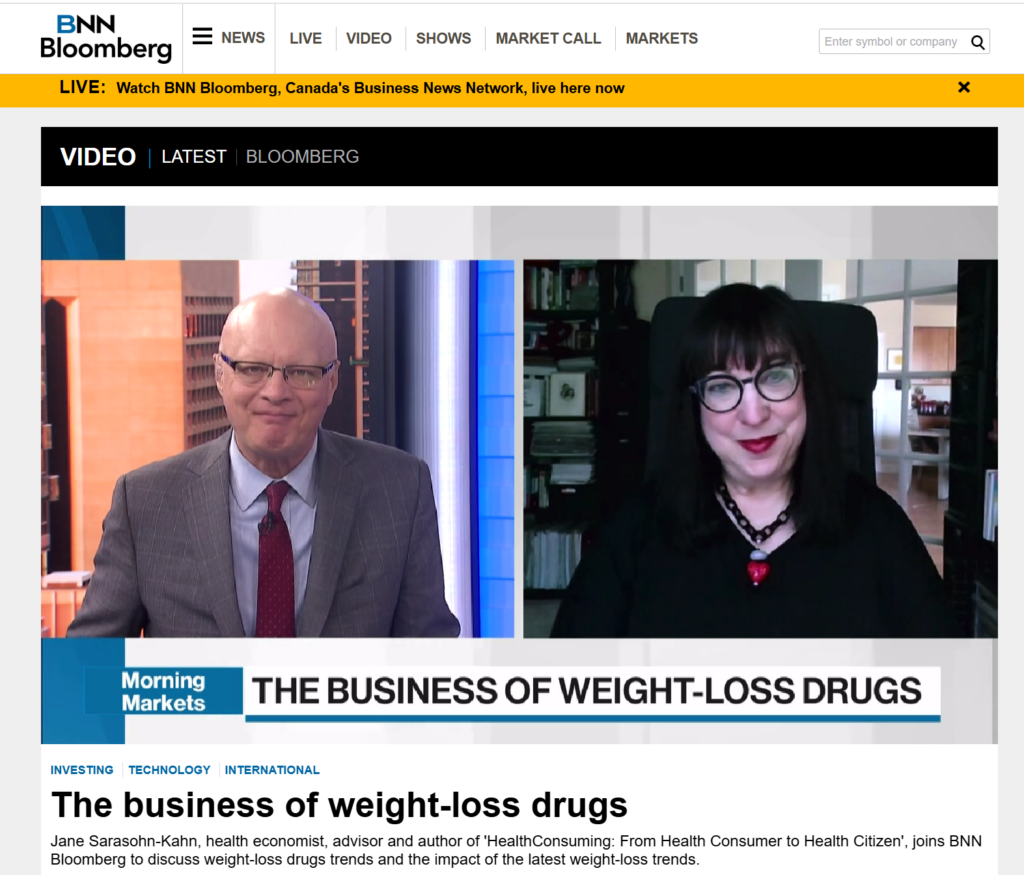Ten years later, a million lives lost, billions of dollars wasted, is the tag line of a report looking back at the decade since IOM‘s seminal report, To Err is Human, was published in November 1999.
Consumers Union has asked, what progress has been made since IOM calculated that 98,000 lives are lost each year due to medical errors committed in the U.S. health system?
In the report, CU asserts that preventable medical harm still accounts for over 100,000 deaths a year in the U.S., and a total of over 1 million American lives in the past decade. What factors continue to cause these fatal errors?
1. Few hospitals have adopted computerized prescribing and dispensing systems which, when effectively deployed, prevent errors.
2. There continues to be a lack of transparency in error-reporting by hospitals — notwithstanding the fact that this was a recommendation published in the the IOM report.
3. There is no national organization tracking patient safety or progress in reducing medical errors. CU believes that the AHRQ falls short of fully tracking progress.
The bottom line: clinicians are no more competent in managing patient safety in 2009 than they were in 1999.
CU recommends that mandatory, validated and public reporting of preventable health care acquired infections and medical errors would create the sort of transparency that could empower health citizens to make sound decisions about quality care. Furthermore, demanding a national body to be responsible for comprehensively tracking medical errors would go a long way, CU says, to de-fragment the current piecemeal process. The way medical errors are currently tracked and addressed, CU concludes, “is practicing 21st century medicine with 19th century oversight.”
Health Populi’s Hot Ponits: There have been countless task forces, conferences, and recommendations formed, held and issued since November 1999 – I repeat, November 1999! – responding to medical errors since IOM wrote its landmark report. What to do?
CU says we need a Patients’ Call to Action to make sure that:
- The FDA, pharma manufacturers, providers and clinicians effectively prevent medication errors.
- Transparency rules through mandatory, validated and public reporting of medical harm and health acquired infections.
- More effective and current training is implemented for clinicians.
Ten years and a million lives later, we’re worse off in ways we cannot get our arms around: a million lives lost to preventable causes? Unfathomable.
CU’s Safe Patient Project has a petition and more information on this critical issue facing American health care. Go learn more and get activated about medical errors.
While the adoption of ePrescribing and EHRs could help to reduce these errors by 2019, the open disclosure of errors must be an integral part of the solution. Mandating that will focus providers’ minds to finally putting the effective systems in place that prevent these errors.





 Interviewed live on BNN Bloomberg (Canada) on the market for GLP-1 drugs for weight loss and their impact on both the health care system and consumer goods and services -- notably, food, nutrition, retail health, gyms, and other sectors.
Interviewed live on BNN Bloomberg (Canada) on the market for GLP-1 drugs for weight loss and their impact on both the health care system and consumer goods and services -- notably, food, nutrition, retail health, gyms, and other sectors. Thank you, Feedspot, for
Thank you, Feedspot, for  As you may know, I have been splitting work- and living-time between the U.S. and the E.U., most recently living in and working from Brussels. In the month of September 2024, I'll be splitting time between London and other parts of the U.K., and Italy where I'll be working with clients on consumer health, self-care and home care focused on food-as-medicine, digital health, business and scenario planning for the future...
As you may know, I have been splitting work- and living-time between the U.S. and the E.U., most recently living in and working from Brussels. In the month of September 2024, I'll be splitting time between London and other parts of the U.K., and Italy where I'll be working with clients on consumer health, self-care and home care focused on food-as-medicine, digital health, business and scenario planning for the future...